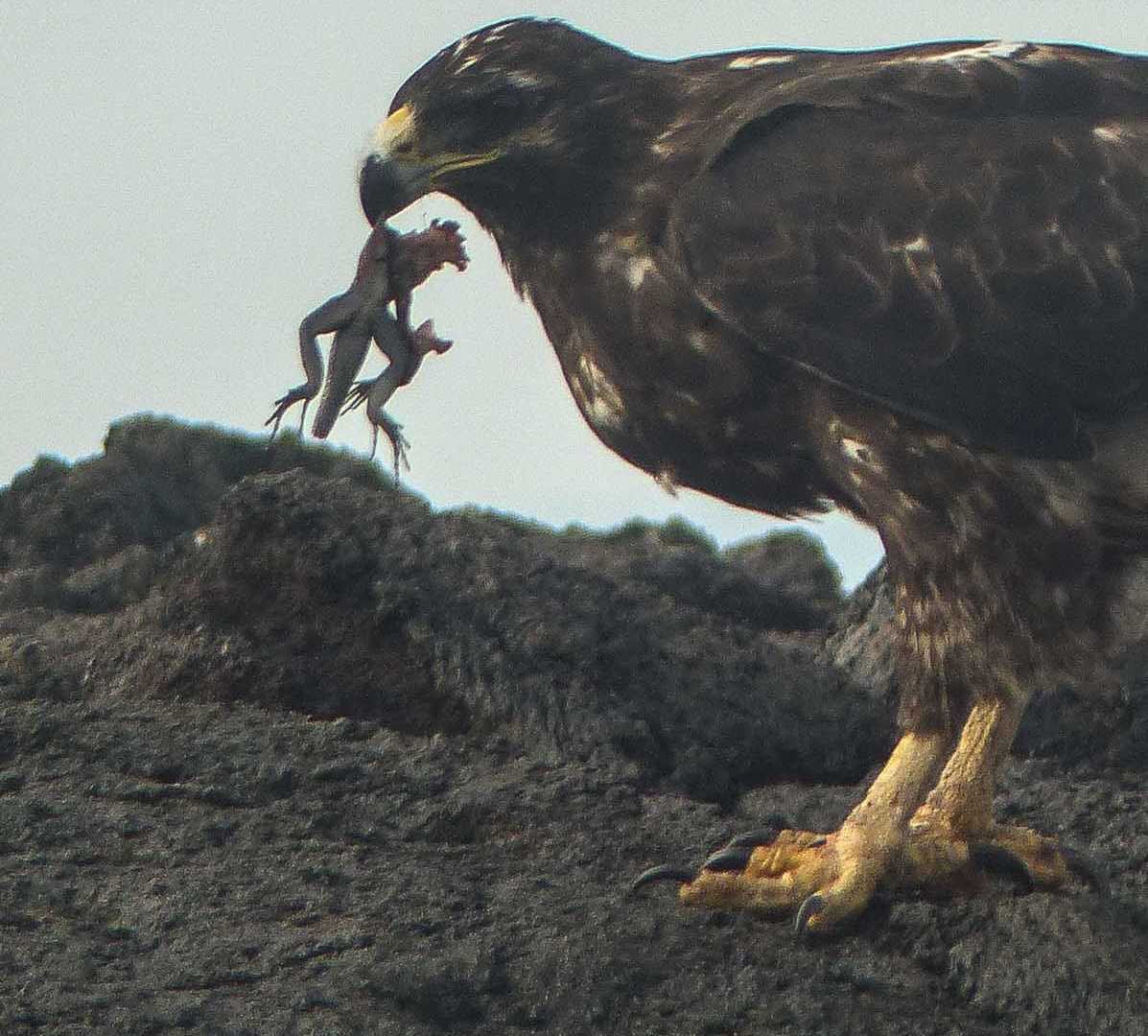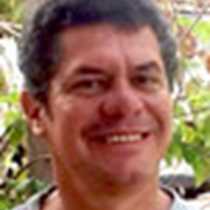We woke up navigating on the northern part of Isabela Island and right after sunrise we went to the bow of the Islander to look for marine mammals. After some time, a large pod of Common dolphins were the reward for our effort. We had a little ceremony at the crossing of the equatorial line and after breakfast we visited Punta Vicente Roca where we had a Zodiac ride and snorkeled. In the afternoon we visited the youngest and most pristine island, Fernandina, where we walked on the lava fields and saw plenty of marine iguanas, flightless cormorants, marine turtles and sea lions. At sunset we had wine tasting on board as another perfect day came to an end.
- Daily Expedition Reports
- 04 Apr 2017
Isabela and Fernandina Islands, 4/4/2017, National Geographic Islander
- Aboard the National Geographic Islander
- Galápagos
Fabian Bucheli, Naturalist
Fabian Bucheli studied at the German School in Quito, graduated from the University of California with a bachelor of science in administration, and earned a master’s degree in international management from Thunderbird School of Global Management in A...
Read MoreShare Report
Related Reports
11/23/2022
Read
National Geographic Islander II
Isabela and Fernandina
Our day began with the chance to point out a lot of interesting geological features as we enjoyed Zodiac tours along a massive flank of Ecuador Volcano on Punta Vicente Roca. In the afternoon, we took a sunny walk on Punta Espinoza on Fernandina Island. We spotted many iguanas, and a bunch of sea lions hanging around, too.
11/22/2022
Read
National Geographic Islander II
North Seymour & Rabida Islands
Relatively small and low compared to neighboring Santa Cruz, North Seymour is located to the north of Baltra. The island is dry with predominantly low shrubs, like prickly pear cacti. The incense trees are bare during the dry season. Seabirds like frigatebirds and blue-footed boobies nest on the island, and sea lions rest on the sand when they are not fishing. Land and marine iguanas also live here. Rabida is in the middle of the archipelago and has a striking red sand beach. We observed a small colony of sea lions of all ages resting or nursing. Behind the beach, American flamingos nest in a brackish lagoon. This island is full of contrasts and wildlife that we enjoyed observing during this day of expedition.







